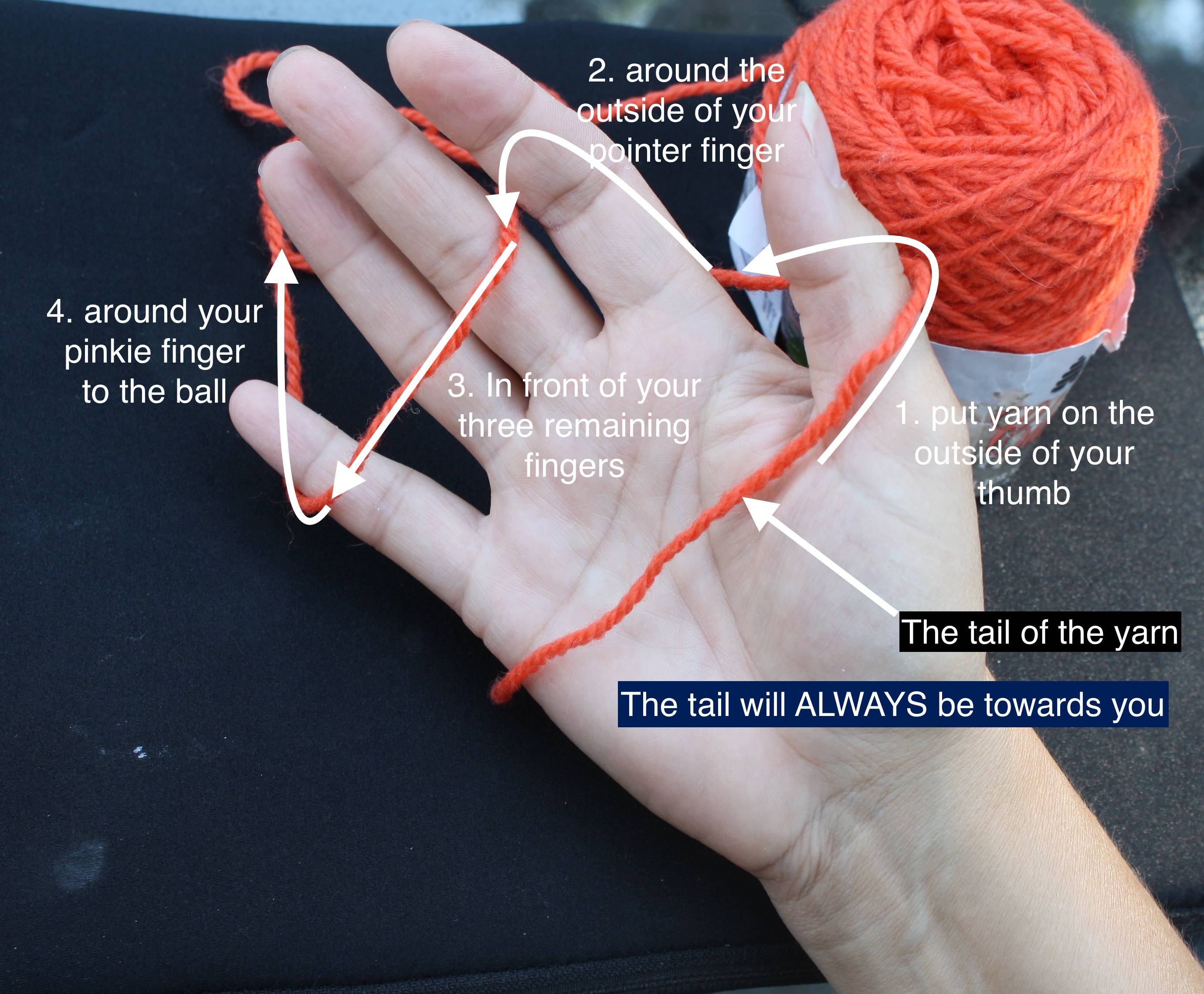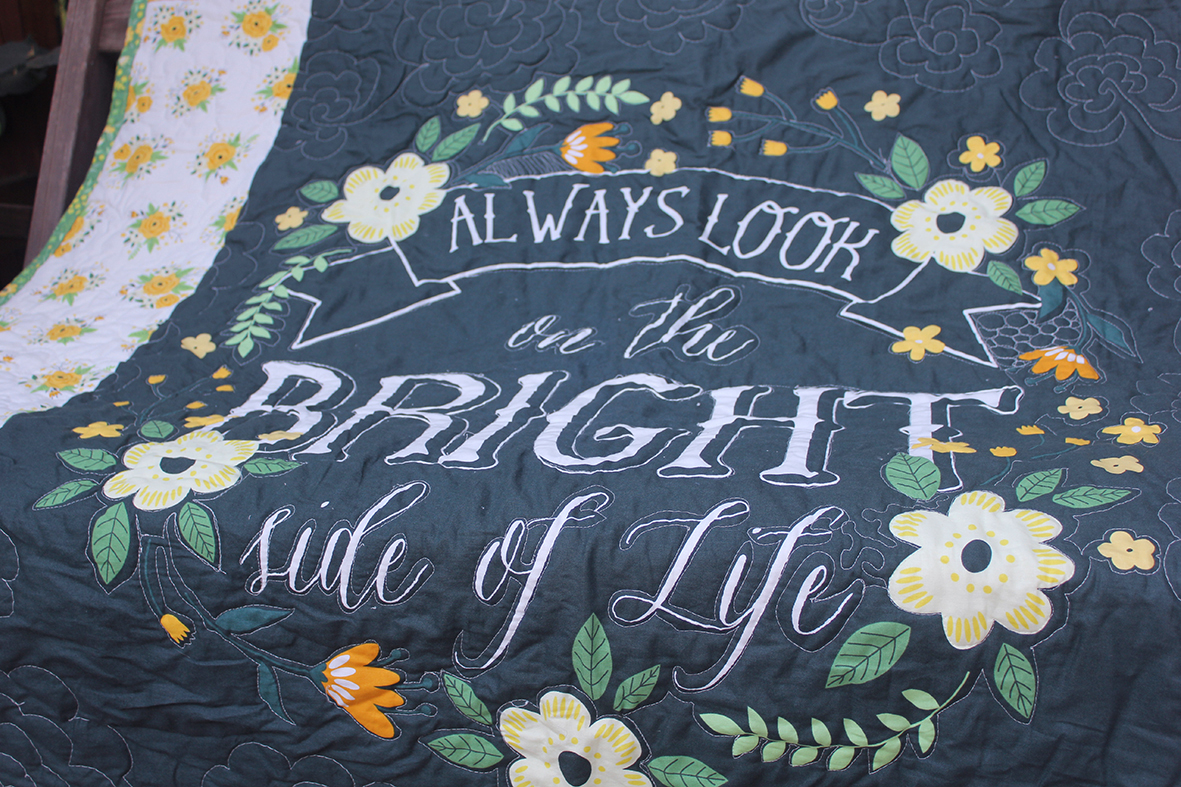
We will be covering the basics of knitting, as well as how you can choose the right yarn and needles. Also, you will learn how to cast off. After you've mastered the basics, you can move on and learn more advanced topics. In the meantime, if you are a beginner, here are a few projects you can tackle. These projects are easy to learn how to knit. They are also great for practicing basic knitting techniques.
Basic knitting stitches
A basic knowledge of knitting stitches is essential for those who are just starting to knit. There are countless knitting stitches available online and in knitting booklets. These stitches form the base of any knitting project, and they are the easiest to master. Even beginners can create stunning knitwear with the basics stitches. These stitches can be used in a variety patterns, including baby clothes and sweaters. Here are some examples of the most common knitting stitches:

Choosing yarn
It can be challenging to choose yarn for beginners. There are many brands and yarn types available. A good rule of thumb for beginners is to stick to well-respected yarn types. The Craft Yarn Council developed a weight system for all yarns. This will simplify your choice. A yarn that is suitable to beginners can also be bought at a reduced price than other yarns.
Choosing needles
It is important to choose the right size needle when knitting. The gauge is the number or rows per centimetre of stitches and rows. This information should appear in the design you are using. This will ensure that you have successful projects. However, there is no one right size for everyone. Knitwear designers and vintage patterns all have different measurement systems. A knitting needle size reference is needed to find the right size needle.
Casting on
Casting on is the initial step in knitting. Casting stitches creates the first row on a knitting needle. This technique, often abbreviated CO, creates slightly differing starting edges. Some are firm, while others are flexible and stretchy. The yarn used for the project will dictate which technique is best for you. Here are some basic tips for casting on. You can then practice this with your knitting hook.
Knitting from left side to right
A row is a set of stitches that are attached to a needle. In general, you will start at one side of the row and move towards the other. The back end of your needle usually has the working yarn. By rotating the needle counterclockwise, you will work your route to the middle of each row. This will move the yarn to the desired location. Once you have the proper orientation, you can get started knitting. Beginning knitters should start from the left.

Fibers you can work with
It is crucial to choose the right yarn for knitting projects. You will need both a needle AND yarn. But the type of yarn you use will impact how much you have to spend. Acrylics or wool/acrylic mix are the best choices for beginners. They are soft and easy to work with and can easily be reworked if needed. You can also choose to work with a ball instead of a hank.
FAQ
What does a hobby cost?
Time is all that's required to make a hobby a success. If you're serious about it, however, it may take you many years to reach your goals.
But there is one thing that can help you. It's called "passion". If you have passion about something, it will make it easier for you to work hard.
It is possible to become addicted once you begin putting in the work. This is where the real joy begins. Because you're doing something you like and it keeps getting better. This will mean that you will have likely made significant improvements by the end.
Don't fret about how long this takes. You can just try it. You might be surprised at the results!
Is it possible for a hobby to make you rich?
Not necessarily.
However, if you're interested in creating a business based on your hobby, then you could definitely end up being wealthy.
Let's suppose you enjoy cooking. You enjoy healthy food so you opened a restaurant.
Customers are charged a small fee for organic food made from scratch.
You can grow your clientele over time and eventually hire employees who will work alongside you.
Eventually, you expand your menu to include gluten-free options, vegan dishes, and desserts.
This is how you have created a successful company that has enabled you to enjoy the lifestyle you desired.
You don't have a right to quit your job.
You could also run your restaurant, while still maintaining your 9-5 job.
What are collection hobbies?
Books, movies, music and comics are the most popular collections.
You can also find stamps, coins, cars and dolls as well model kits and figurines.
I think you get the idea.
Why do we need hobbies?
Hobbies are an integral part of our daily lives. They allow us to relax, unwind and think creatively. We also have the chance to learn new skills and pursue lifelong passions.
Hobbies are a way to find meaning and purpose.
They can be a great way of spending time without having to do anything else.
And they're fun!
If you don't find time for hobbies, it's likely that you don't have enough time for any other activities.
You have many choices. Perhaps you should get a hobby started today if you don’t already have one.
What are educational hobbies?
An educational hobby is an activity where you learn something by doing it. This could be anything you want, such as playing sports or learning how to play an instruments.
You should have fun with it. You don't have to do it all the time, but if you find yourself getting bored, then you need to think about what else you could be doing instead.
You also want to ensure you're not spending too much on these activities because they can end up costing you more than they're worth.
What types of hobbies are suitable for introverts?
Introverts can focus on only one thing at a given time. They are more comfortable with solitary activities, such reading, writing, music, and watching movies.
They also enjoy quiet time. They are not social creatures and don't want to be around people all day. They can even become bored when they're surrounded by people.
Introverts will often choose hobbies that require them alone. You might find them reading books, listening, playing music, taking photos, writing poetry or painting.
Some introverts will even live alone. They can focus on their hobbies and not be distracted by other people.
Statistics
- Much of this decline reflects the fact that teens are less likely to work today than in the past; among employed teens, the amount of time spent working is not much different now than it was around 2005. (pewresearch.org)
- Studies show that just six minutes of reading can reduce stress levels by 60 percent. (oberlo.com)
- Almost 80% of people claim to have no hobby. (hobbylark.com)
- A new survey by Pew Research Center of teens ages 13 to 17 finds that 36% of girls feel tense or nervous about their day every day; 23% of boys say the same. (pewresearch.org)
- This 100% accurate personality-analyzing hobby quiz discovers your passion based on your characteristics. (quizexpo.com)
External Links
How To
How to Start Baking
Baking is the process of making food from flour and eggs, sugar, butter, and other ingredients. Baking uses flour, fats, sugars leavening agents and salt as the main ingredients. We will be discussing how to make bread in this article. We'll use common ingredients such as yeast, flour, milk powder and egg whites, butter or olive oil, salt and honey, and water.
To bake bread, you need to mix these ingredients together. First, add the dry ingredients, flour, yeast, and salt to your mixing bowl. Then add the wet ingredients (milk powder, egg white). Mix them together. The honey should be added to the dough. Knead the dough until it is smooth. Let the dough rise for around 30 minutes. After rising the dough should be firm and elastic. Roll the dough out and place it on a baking tray. Bake at 180degC for 15 minutes.